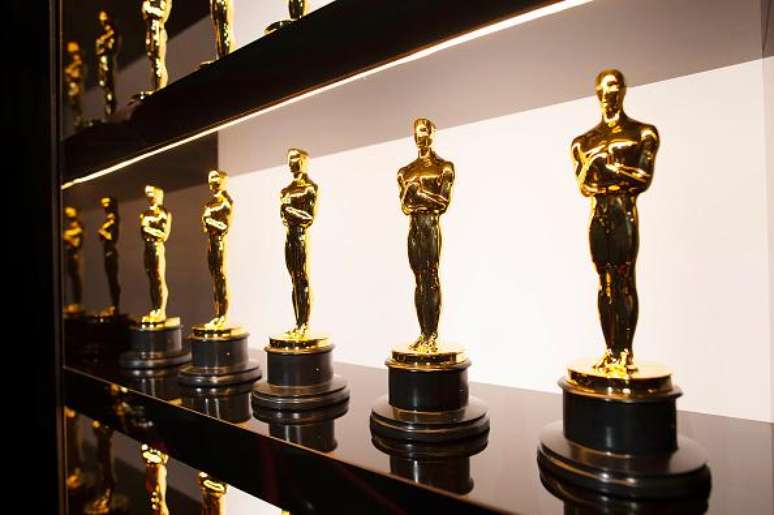What can you buy with a dollar? This can vary greatly depending on where (and when) you are. But over time, several things were sold for a dollar, either as symbolic value or to secure some kind of benefit.
Anyway, below you can see five unlikely things that once sold for just a dollar.
1. Coca-Cola Bottling Rights
The Coca-Cola Company is one of the largest companies in the world. Nearly 2 billion bottles of Coca-Cola, the company’s main product, are sold every day. And the figures could be even higher if its founder had not decided to sell the bottling rights for just one dollar.
In 1888, when Asa Candler purchased the rights to the Coca-Cola formula, the drink was sold as a concentrated syrup – like most soft drinks – to be mixed with sparkling water in front of the customer. When two lawyers approached him with the idea of bottling the drink, Candler didn’t think it would work. Eventually he bought the idea, but convinced that it was stupid to sell pre-bottled soda, he sold the rights for a dollar.
2. The insulin patent

Since its discovery, insulin has given tens of millions of people with diabetes the chance to survive the disease. It is, to this day, one of the greatest scientific discoveries in medicine. Knowing this, its creator, doctor and researcher Frederick Banting, did not want to profit from his patent. He thought it was unethical for a doctor to profit from medicine and reportedly said that “insulin belongs to the world, not to me.”
To try to ensure that medicine could reach more people, Banting and his colleagues – Charles Best and John Mcleod – sold the patent to the University of Toronto, where they were professors, for just a dollar each. He hoped that in this way the medicine could be sold at a lower price. Unfortunately, after a century of discovery, the drug can cost more than $600 in the United States, while in Brazil it is purchased for free from SUS.
3. The rights to the screenplay of The Terminator

In 1982, James Cameron was a young director who had directed only one feature film: Piranhas 2: Flying Assassins. He was not known and had no way to prove to any studio that he was capable of working on a major hit. Therefore, when he presented the script of Terminator producer Gale Anne Hurd wanted someone else to direct the film.
Cameron decided to bet on himself, believing in the film’s potential, and made a deal with Hurd: he would sell the rights to the screenplay for a dollar, on the condition that he could also direct it. Although he still regrets the decision today, the film was a success, guaranteed him a following and made him one of the best-known and highest-paid directors in Hollywood.
4. The film rights to Stephen King’s stories

Currently, according to IMDb, Stephen King is credited with more than 300 adaptations, including films, TV series, shorts and anthologies. Because he is such a famous writer, movie studios like to use “based on a work by Stephen King” to promote their productions, even if not all of the end results are memorable.
But this number of adaptations has an explanation, in addition to the promotional factor. King sells the rights to adapt his stories to young filmmakers for just a dollar. Frank Darabont was one of the directors who accepted Stephen King’s offer and purchased the rights to the story The Woman in the Room, from the book Shadows of the Night. Darabont ended up becoming famous and later also directed A Dream of Freedom, Waiting for a Miracle and The Fog, all based on short stories by King.
5. The Oscars, but only for the Academy of Motion Picture Arts and Sciences

The Oscar is the most important award in Hollywood and those who win a statuette consider it a life of prestige. Its value, considering only the material (the statuette is bronze and gold-plated), is around 400 dollars, but this value can go up a lot, depending on who won it: the Oscar for Citizen Kane by Orson Welles sold at auction for over $860,000.
To try to reduce this trade, the Academy of Motion Picture Arts and Sciences created a rule that anyone who wants to sell their award must give the Academy the right to purchase it first for $1. This extends even after death , so if a family member inherits the premium they are bound to the same conditions.
Source: Terra
Ben Stock is a lifestyle journalist and author at Gossipify. He writes about topics such as health, wellness, travel, food and home decor. He provides practical advice and inspiration to improve well-being, keeps readers up to date with latest lifestyle news and trends, known for his engaging writing style, in-depth analysis and unique perspectives.








